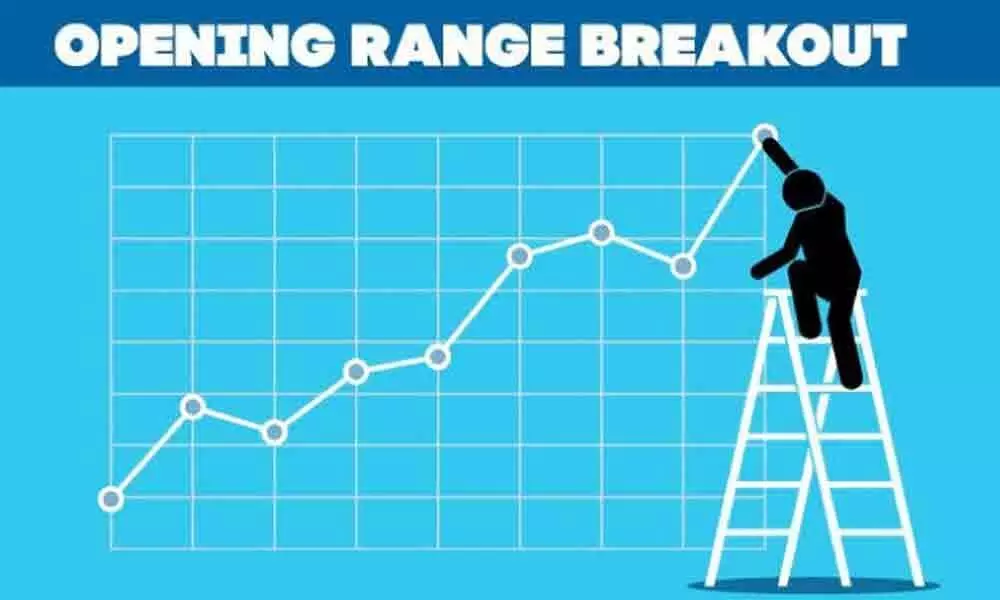Using opening range breakout strategy

Opening range breakout (ORB) is a widely followed strategy. ORB is a fairly simple strategy where one takes a trade when the previous candle’s high or low breaks. Anytime frame can be used for analysis.
Opening range breakout (ORB) is a widely followed strategy. ORB is a fairly simple strategy where one takes a trade when the previous candle's high or low breaks. Anytime frame can be used for analysis.
ORB is obtained by marking of high and low of a given candle on a 15-minute or 30-minute chart. Once high and low of the candle is marked on a 15-minute chart, then we take a trade when the high or low is breached. We initiate trade in the direction of the price move.
Once the high and low is marked in the first 15-minute candle, do not focus on the money but focus on your strategy.There will be whipsaws in and around the price. Initially use this only for equity and try to go long and do not go short.
Once you gain experience, you can use this for futures.On an average the success rate of ORB is 42 to 45 per cent. Be realistic and profit for this strategy is around 2.1 per cent. Wide Range Breakout in daily chart and ORB in intraday are related.
There are three simple steps to use this strategy successfully. First try to focus on stocks where volatility is expanding and then assess the volatility of the stock. For this, use the average true range indicator.
Wide range breakout candles are directly related to underlying volatility. Focus on stocks where volatility is expanding.
Then check for relative strength of the stock. Relative strengthline is obtained by dividing price of stock with price of broader market Index. Relative strength should be sloping upwards if you are willing to buy and it should be sloping downward for short selling.
Focus on volatility expansion. If volatility is not expanding, avoid trading even if relative strength is rising. The next important step in ORB is tracking volume with respect to its recent averages.
Comparison of volumes is an effective way to see shift in demand and supply. As price moves, volume should expand. Prior to up move or down move, volume activity increases.
When an increase in volume activity is spotted over a period of two to three days, then stock moves quite a bit on intraday basis. Volume precedes price action.
Identify strong ORB mark pivot points on the chart and then you get support and resistance levels. Be cautious when ORB happens above R2 level. Always focus on taking a trade when price is on the pivot or R1 level.When there is ORB at pivot point, there is more scope for an upward movement than when it opens at R2.
If trade is executed by adhering to all the above points, it would definitely give reasonable profits.
(The author is a homemaker who dabbles in stock market investments in free time)














